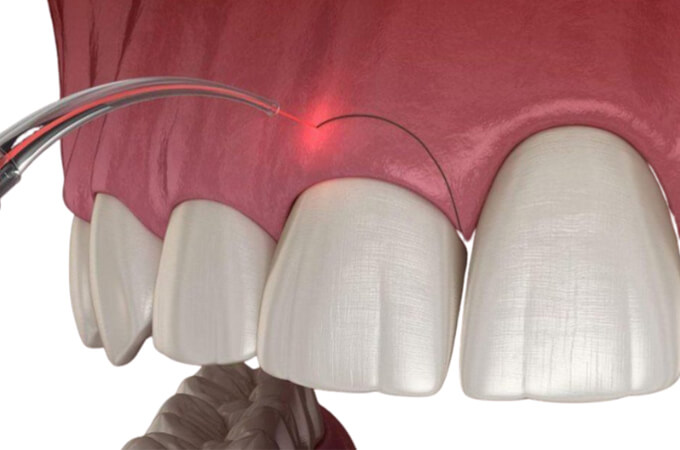Crown lengthening is one of the most prevalent dental issues, however not everyone is fully aware of this issue. Are you also one of them? If the response is affirmative, keep reading because we’ll go over crown lengthening in detail.
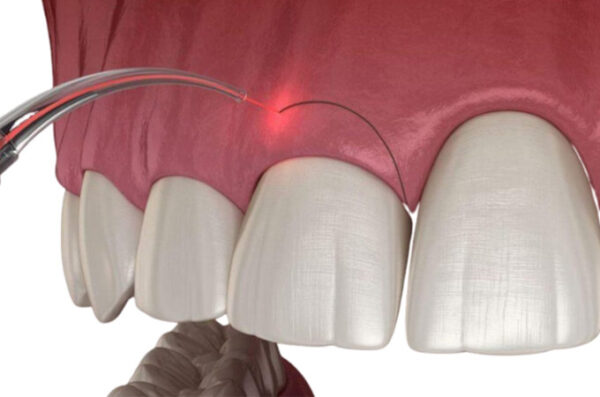
What is Crown Lengthening?
A surgical treatment called crown lengthening involves removing or repositioning gum tissue. In order to address the appearance of extra gum tissue and a “gummy smile,” it is frequently done to expose more of the tooth above the gumline.
Crown lengthening is a restorative dental operation that can be carried out for aesthetic reasons or to get ready for another procedure, like tooth crowning. To expose more of the tooth in order to lessen or stop tooth decay, crown lengthening can also be done.
The purpose of crown lengthening surgery – what is it for?
There are a variety of reasons why crown lengthening surgery may be performed. It is possible to make the teeth look longer and more balanced while also reducing the appearance of excessive gum tissue. In order to reveal tooth cavities, decay, or fractured parts, as well as to expose more tooth structure in advance of another dental surgery, like tooth crowning, it can also be done.
Gummy smile
A smile that exhibits too much gum tissue is referred to as a gummy smile. This could result in an ugly smile. One such reason for a gummy smile is when the gums cover the teeth excessively, giving the impression that the teeth are little. Fortunately, a quick gum operation known as crown lengthening can quickly improve this problem.
A gummy smile can be caused by genetics, such as if your upper jaw is broader than usual, or by other things like poor dental hygiene. You could get a gummy smile for a variety of reasons, including:
- Too-distantly erupting teeth that have dragged the gums below with them
- teeth that have deteriorated with time
- A hyperactive lip that raises high enough to reveal more gum tissue than is typical
- Typically expansive upper jaw
- Surgery to extend the crown can help a gummy grin look better.
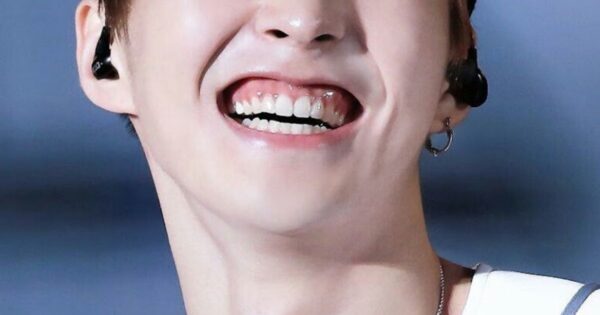
Gum recession
You can tell whether you have gingival recession or receding gums if the tooth roots are visible. Although elderly adults over the age of 40 are more likely to have a receding gum line, teenagers and older kids between the ages of 10 and up can also experience it. Young adults who have had orthodontic treatment are also susceptible to it.
Increased sensitivity to hot and cold foods is the most typical sign of gum recession, but if the condition is neglected, your smile may change due to the appearance of “longer” teeth. Fortunately, periodontists can cure gum recession and restore the health of your gums.
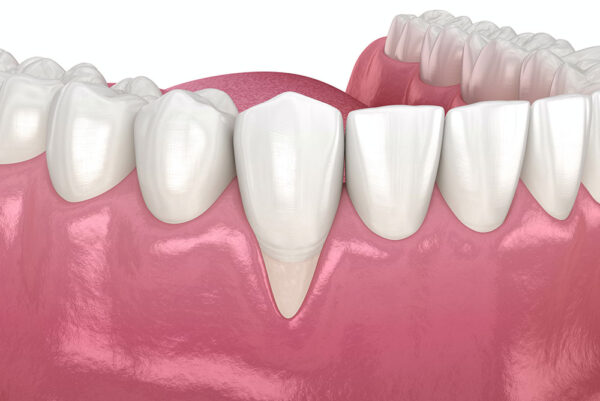
What happens during a crown lengthening procedure?
In some cases, a laser can be used to shape the gum tissue. In rare cases, it could be necessary to remove some bone to get the results you want. Although crown lengthening is regarded as a common dental operation, there are some hazards to be aware of, just like with other oral surgery. Following any crown lengthening procedure, infection is likely to be the main cause for worry. Following surgery, your dentist could advise you to take an antibiotic to avoid or treat infection.
Another issue that needs to be regularly checked and handled is bleeding. Your ability to decrease your risk of complications and speed up the healing process depends heavily on how you follow your post-operative care guidelines. You should follow up with your dentist if you have any concerns about the state of your teeth and gums after your crown lengthening operation.
What does a crown lengthening procedure involve?
There are a number distinct crown lengthening strategies, each of which calls for somewhat different steps. In each scenario, the procedure entails the dentist removing or altering bone tissue as well as gum tissue.
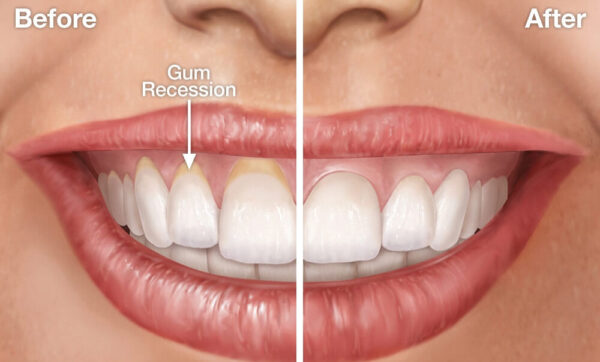
Dental surgery (gum contouring)
Gum tissue is removed during a gingivectomy treatment utilizing a knife, laser, or electrically heated device. There will likely be a local anesthetic used, and recovery often takes a few days. A gingivectomy should heal the soft tissue in 4-6 weeks and can assist decrease the height of the gums and improve gum line symmetry.
Surgery with an apically repositioned flap
In this surgery, the dentist makes a tiny incision in the gums to form a flap of tissue. Following the removal of tissue from beneath this flap, the flap is sewn shut.
Operative Extrusion
Repositioning a tooth precisely so that it is more supra gingival—further above the gumline—is the goal of surgical extrusion. This surgery is typically carried out when the involved tooth has been chipped or broken. The stitches may need to be removed at a subsequent appointment or the dentist may use stitches that will disintegrate over time.
Bone transplants
The amount of bone that is readily available to enable effective and secure implant implantation is one of the primary needs for dental implants. The long-term loss of supporting jaw bone is one of the effects of tooth loss, though. Surgery for dental implants may become more difficult as a result. Periodontists conduct a surgery called bone grafting to help you regenerate your missing bone tissue, making implant therapy viable and safer. Platinum Dental has received specialized training in bone grafting methods.
Bone grafting technique
To get correct assessments, 3D imaging is used to first determine your bone levels. There are numerous varieties of bone transplants. The best substance to utilize will be discussed with you by Dr. at Platinum Dental. If it is a simple procedure, local anesthesia will be used. Your own bone is covered with bone grafting material, which prompts your body to manufacture more bone.
It may take the bone graft 3 to 9 months to mature. The advantages of bone grafting include the following once the graft has grown:
- Improved bone density and strength to support the implant.
- A “fuller” appearance of your jaw will enhance the attractiveness of your smile.
- Lessen the likelihood that future implant installations will fail.
3D imaging is used to first determine your bone levels
Body Grafts
In order to shield your mouth from the consequences of gum recession and to enhance the appearance of your gums, a gum tissue graft is frequently performed. Because the process typically strives for the opposite results (more gum tissue as opposed to less), it differs from crown lengthening.
For gum tissue grafts, three alternative methods can be used:
- Grafts of connective tissue
- Gratuitous gingival grafts
- Pedicle grips
- Colored composite resin for the gums
- Applying a composite resin to the gums is another way to treat gum recession since it visually enhances their look and covers the tooth roots.
In this technique, the gingival composite is attached using an adhesive after being chosen in a color that complements the patient’s gums. Without the necessity for gum tissue graft surgery, these restorations can enlarge the gums.
Stimulation of tissue
After bone grafting surgery, gum tissue can regenerate and support can be increased with the use of tissue stimulating proteins. After being treated for gum recession or bacterial growth, these aids can be employed to rebuild lost or damaged tissue.
Prestigious dental crown lengthening address
One of the most prominent locations for gummy smiles that are both aesthetically beautiful and painless is Platinum Dental. The pain management system is the result of years of in-house development and study at the institution. This system is closely followed during the treatment process, both before and after.
- Prior to therapy: Reduce psychological stress, address dental health issues, treat dental illnesses effectively, and maintain the best oral health possible before surgery.
- Use the proper unsympathetic technique and the appropriate dosage of anesthetic during treatment. The doctor works accurately, rapidly, gently, non-invasively, and without causing harm to the surrounding area.
- Following treatment, the patient is given instructions by the doctor regarding their food, activity, and oral hygiene. The patient also needs to return for routine exams.
Platinum Dental is known as one of the prestigious addresses for crown lengthening
You may see the full article, which can help you figure out information about crown lengthening by clicking the link above. If you have any questions, call our hotline at 028 3920 9969 or 096 779 7799. If you live in Vietnam, Platinum Dental can help you choose the most effective gummy smile treatment. We are eager to collaborate with you!
PLATINUM DENTAL GROUP
- Location: 127 Nguyen Cu Trinh Street, District 1, Ho Chi Minh City
- Time: 8:00 – 20:00 (Monday – Saturday)
- Number: 028 3920 9969 – 096 779 7799



